Black Gate‘s Vaughn Heppner reaches #1 at Amazon with Star Soldier
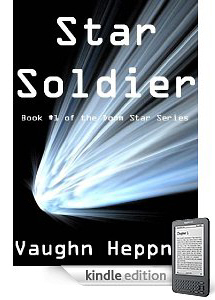 Star Soldier by Vaughn Heppner, Book #1 of the Doom Star Series, has reached the Top of Amazon’s bestseller list for Series Science Fiction in its Kindle edition.
Star Soldier by Vaughn Heppner, Book #1 of the Doom Star Series, has reached the Top of Amazon’s bestseller list for Series Science Fiction in its Kindle edition.
Number 2 on the list is the second volume in the series, Bio-Weapon — outselling Dune, Foundation, and Orson Scott Card’s Ender series, among many others. In the general Science Fiction Bestsellers list for Kindle editions, Star Soldier reached #2, second only to the brand new Zero History by William Gibson.
Star Soldier is a full novel, 82,000 words in length, and is available for download for just 99 cents. Here’s the description:
It’s survival of the fittest in a brutal war of extinction! Created in the gene labs as super soldiers, the Highborn decide to replace the obsolete Homo sapiens. They pirate the Doom Stars and capture the Sun Works Ring around Mercury. Now they rain asteroids, orbital fighters and nine-foot drop troops onto Earth in a relentless tide of conquest. Marten Kluge is on the receiving end. Hounded by Thought Police, he lives like an ant in a kilometer-deep city. The invasion frees him from a re-education camp but lands him in the military, fighting for the wrong side. Star Solider is the story of techno hell in a merciless war, with too many surprises for any grunt’s sanity.
Vaughn has sold three really terrific linked Sword and Sorcery tales to Black Gate, the first of which, “The Oracle of Gog,” will appear in our next issue. I asked him to tell us a little bit about the novels:
In many ways Star Soldier is based from my years of reading about the Eastern Front during WWII. Social Unity is like the Soviets. The genetic super-soldiers think like Nazis. Marten Kluge, the hero, just wants to be free. But there is precious little freedom in the Inner Planets of the Solar System in 2350… I’m writing hard these days. I’m working on the third book of the Doom Star Series, Battle Pod.
Congratulations Vaughn!
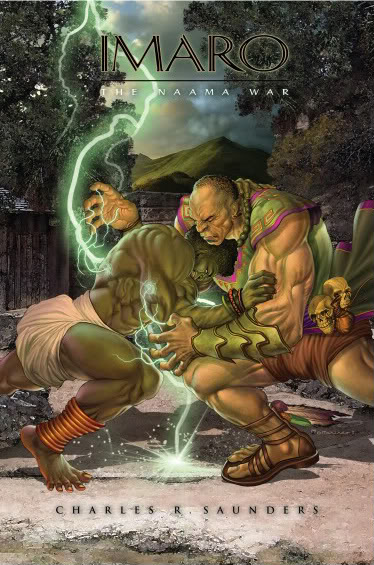 Imaro: The Naama War
Imaro: The Naama War Jack the Giant Killer, by Charles de Lint
Jack the Giant Killer, by Charles de Lint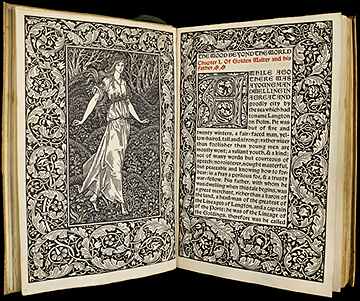 This is the third in a series of posts looking at the question of who wrote the first otherworld fantasy: that is, the first fantasy to be set entirely in its own fictional world, with no connection to conventional reality at all. It’s an innovation traditionally ascribed to William Morris, but I think I’ve found an earlier writer who deserves that honor.
This is the third in a series of posts looking at the question of who wrote the first otherworld fantasy: that is, the first fantasy to be set entirely in its own fictional world, with no connection to conventional reality at all. It’s an innovation traditionally ascribed to William Morris, but I think I’ve found an earlier writer who deserves that honor.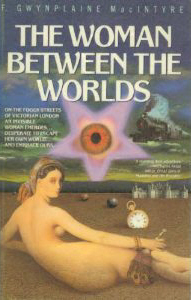 On June 24, Science Fiction author and critic F. Gwynplaine “Froggy” MacIntyre posted
On June 24, Science Fiction author and critic F. Gwynplaine “Froggy” MacIntyre posted 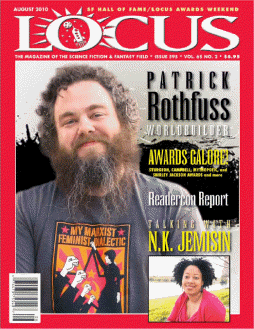 The August issue of Locus, the Magazine of the Science Fiction & Fantasy Field, contains a review of our
The August issue of Locus, the Magazine of the Science Fiction & Fantasy Field, contains a review of our  The City and the City
The City and the City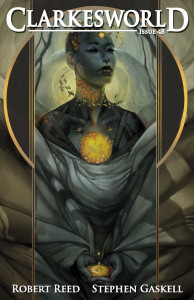
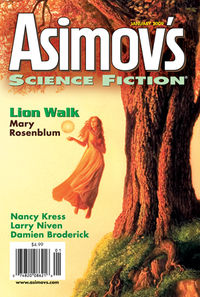
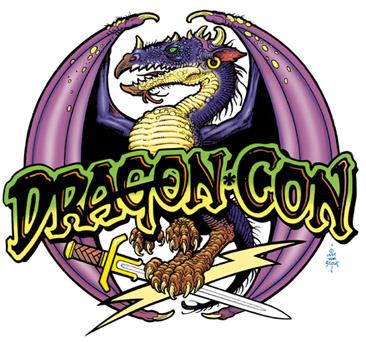 I said a few words about Dragon*Con itself in
I said a few words about Dragon*Con itself in 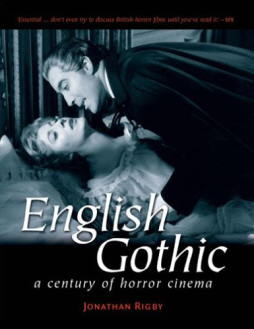 Jonathan Rigby’s ENGLISH GOTHIC (2000) is an excellent survey of British horror and science fiction films. Misleadingly subtitled A CENTURY OF HORROR CINEMA; the book focuses instead on the 20 year period from THE QUATERMASS XPERIMENT (1955) through TO THE DEVIL, A DAUGHTER (1976) when British production companies like Hammer, Amicus, and Tigon consistently outperformed the Hollywood majors in producing the finest and most influential genre films.
Jonathan Rigby’s ENGLISH GOTHIC (2000) is an excellent survey of British horror and science fiction films. Misleadingly subtitled A CENTURY OF HORROR CINEMA; the book focuses instead on the 20 year period from THE QUATERMASS XPERIMENT (1955) through TO THE DEVIL, A DAUGHTER (1976) when British production companies like Hammer, Amicus, and Tigon consistently outperformed the Hollywood majors in producing the finest and most influential genre films.